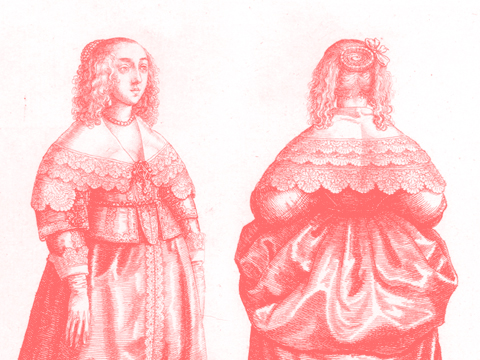Phygital in the World of Museums and Galleries: Mateico AR Application.
In today's dynamic world filled with technological innovations, museums and art galleries are redefining their approach to presentation and audience interaction. The introduction of phygital exhibitions, representing a fascinating blend of physical and digital realities, marks a pivotal milestone in the realms of culture and art. Alongside this development, AR applications like Mateico AR have become indispensable tools that revolutionize how we perceive art and cultural heritage. In this article, we will take a close look at this intriguing phenomenon—phygital exhibitions, and the role of the Mateico AR application, which plays a crucial part in supporting this modern trend. We will explore the benefits and innovations brought by phygital exhibitions, the technologies they introduce to museums and galleries, and how the Mateico AR application transforms the act of visiting exhibitions into an interactive and educational experience. We will also discover how these changes impact various visitor groups, particularly younger generations, opening entirely new doors to the world of art and culture. Join us in delving into the fascinating world of phygital exhibitions and the Mateico AR application, which are reshaping our perspective on cultural heritage and art. Definition of Phygital Exhibitions. Phygital exhibitions, a term derived from the combination of "physical" and "digital,"
Museum of the Future: Exploring Interactive VR Installations in Museums.
Museums have always been places where one could explore and experience art and history. However, with the advancement of technology, museums have become more interactive and dynamic. Nowadays, we can witness the development of future museums that utilize virtual reality (VR) to provide unique and fascinating experiences to visitors. In this article, we will explore how VR is being used in the context of art museums, the benefits of interactive VR installations, and the challenges associated with its implementation. Understanding Virtual Reality (VR) in the context of art museums. Virtual reality (VR) is a technology that allows users to immerse themselves in a completely different world simulated by a computer. In the context of art museums, VR opens up new possibilities for exploring and experiencing artworks. Visitors can transport themselves to other eras, explore virtual galleries, and engage with art interactively in ways not possible with traditional visits. VR in art museums enables the creation of virtual exhibitions, where visitors can acquaint themselves with artworks that are difficult to access or located in distant places. It also allows for interactive experiences, where visitors can create and experiment with art themselves. VR also enables the recreation of historical events and places, providing a
Dress for Success. The fashion industry in the NFT world
Metaverse - the word is growing in popularity, and so is its value. The non-fungible token (NFT) market is opening up to luxury brands looking to invest in their digital collections. As it turns out, the demand for digital fashion is there and doing well, and the biggest evolution of the fashion industry is yet to come.
Are you an artist? Create even better experiences and sell even more with Mateico solutions
Most people, including artists at the forefront, are aware that the life of an artist is not a path full of roses. Of course, when looking at the biggest stars, we can see that they are immersed in luxury, but we must remember that Hollywood celebrities are just the tip of the iceberg in this professional group. And in every field, there will be those who earn an incomparable amount compared to the rest of the people.
Enriching city life with the AR app
Nowadays, watching interactive stories, high-quality internet video content, or countless filters that we can put on our faces in real-time has become our everyday life. When it comes to delighting our senses, technology is only gaining momentum and will offer us more and more as hardware capabilities evolve. What is AR (augmented reality), how does it differ from VR and what can we expect from this technology in the near future? Let's get started!
Virtual reality for everyone. From the 1838 stereoscope to the meta-world
We associate the concept of virtual reality with the 21st century and all the benefits of technology, that allows us to create a world in another dimension. However, the origins of VR go back much further into the past, and its history began nearly prehistoric times — almost 200 years ago.






